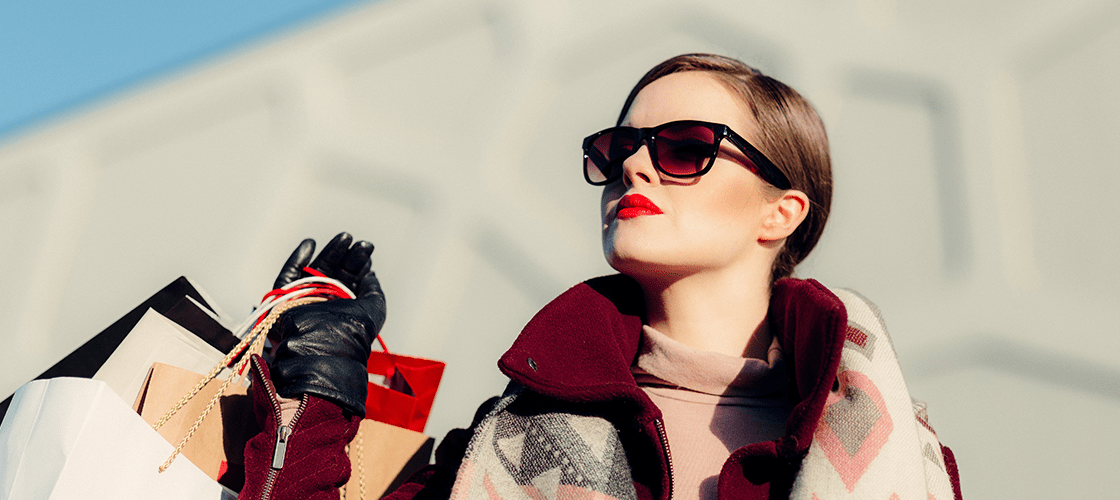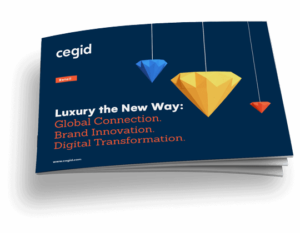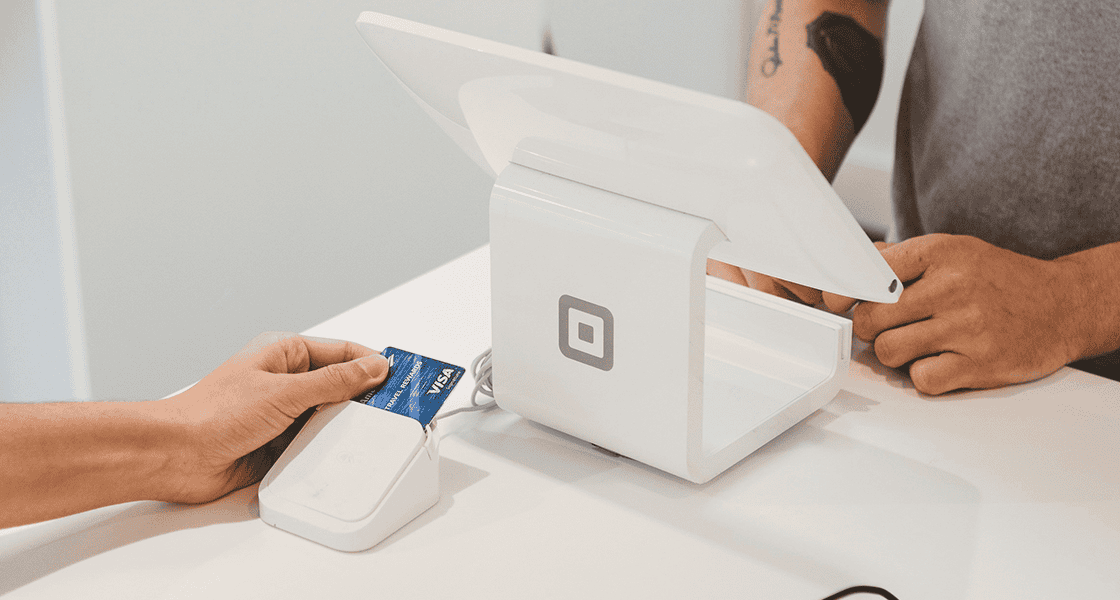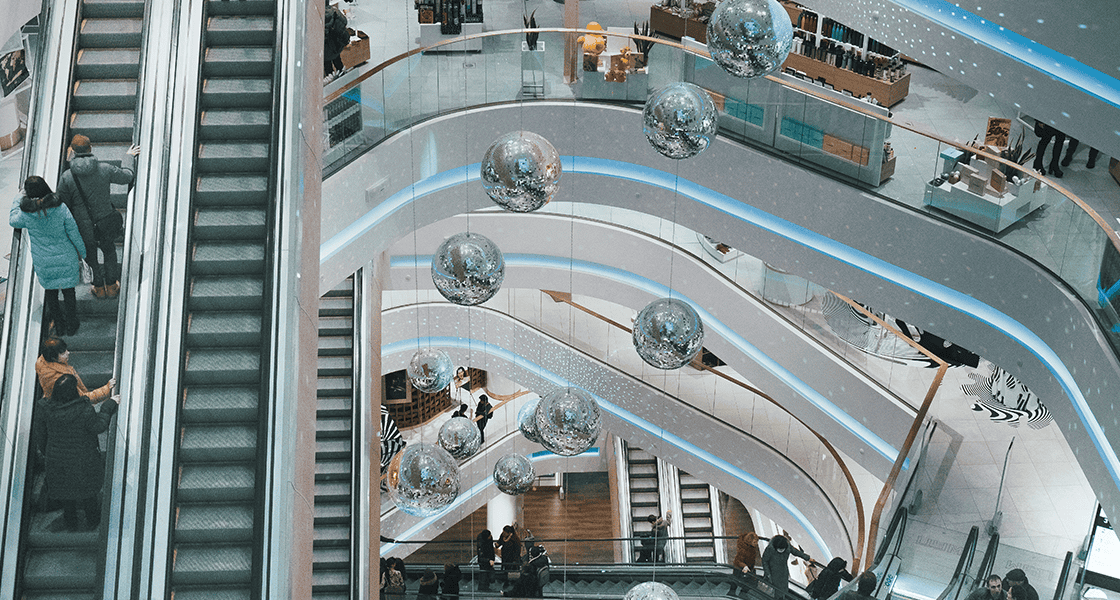Retail & Distribution
Luxury Retail: New Avenues for Growth in 2022
27 January 2022

Sustainability: Responding to heightened sentiment
For many consumers, the long-lasting emotional effects of the pandemic are reflected in more considered purchases. With luxury customers spending more time online during the research and inspiration phases of their buying journey, luxury brands have an opportunity to respond to the growing importance of sustainable and social-impact messaging.
Luxury consumers place an equal premium on aligned values alongside quality, craftsmanship and provenance.
Brands that have a clear, authentic and measurable agenda around sustainability and social impact would do well to present value-driven messages in a relevant way, whether that’s in store, on their website or in advertising and editorial.
Who’s doing it well?
Burberry
The British luxury clothing retailer‘s five-year Responsibility Strategy looks at the whole of its ecosystem, setting ambitious targets for the company, its product and the communities that sustain the fashion industry.
Johnston’s of Elgin
Founder members of the Sustainable Fibre Alliance, which works with the whole of the cashmere supply chain.
Patagonia
The outerwear brand hit the headlines in 2011 with its Don’t Buy This Jacket full-page ad in the New York Times and continued its anti-Black Friday campaign (“Buy Less, Demand More”) in 2021, the brand donated money generated from its Black Friday initiative different grassroots environmental groups.
Tiffany
One of the first jewellery brands to source metals and diamonds from responsible mining companies, Tiffany now has a zero-tolerance policy for purchasing diamonds from countries with human rights infringements.
Marketplaces: Getting brands into hands
As omnichannel is now the norm, luxury brands have needed to improve their visibility with global audiences, especially the high-value shoppers who would normally travel to visit their favourite brands’ flagship stores or airport retail locations – international travel still remaining complex..
As touchpoints naturally combine digital and physical, brands must take a fresh view on distribution channels to ensure they stay top of mind. Where brands’ own online shops don’t attract adequate traffic in terms of volume or target customers, curated multi-brand sites (or marketplaces) are creating additional touchpoints.
Net-A-Porter, FarFetch, Matches Fashion lead the way for luxury clothing brands. Clos19 brings together Moët Hennessy’s family of champagnes, wines and spirits under one e-commerce umbrella that also features editorial and inspiration content. And LuxDeco brings exclusive, high-end furniture and articles together in one highly curated portal.
Conversely, as working from home has increased screen time, analogue channels such as printed materials may see an uptake as people seek to regularly switch off or reduce the amount of time they spend on devices. Beautifully crafted magazines and product-laden ‘magalogues’ like The Liberty Book literally puts brands into the hands of customers.
Further proving the potential of print, the team behind Monocle chose to launch a glossy sister magazine for women in December 2020, full of advertising from top global luxury brands. An opportunity to ‘lean back’ with valuable potential customers for whom print itself is perceived as a luxury item with inherent value.
And with all the talk on the metaverse, is this luxury’s new channel ? Stay tuned.
Collaboration: Try a little togetherness
The trend for creative collaborations continues to help luxury players reach new audiences, stay relevant and gain industry and public attention.
It can be a heritage brand targeting younger shoppers ( Barbour x Noah; Dior x Nike ). Or a celebrity or influencer partnership to amplify a launch ( Alexander Wang x Huawei; Jeff Koons x Louis Vuitton ). Or two high-profile brands collaborating and co-creating something new ( Gucci x The North Face ).
Whichever form brand collaborations take, the interest and excitement they generate, especially when promoted through targeted, data-driven marketing channels that are both brand- and audience-appropriate, should be part of a luxury brand’s growth toolkit.

Ebook | Luxury The New Way
Global Connection. Brand Innovation. Digital Transformation.
DOWNLOAD THE EBOOK

